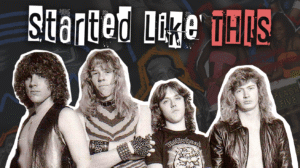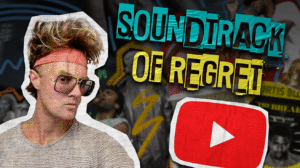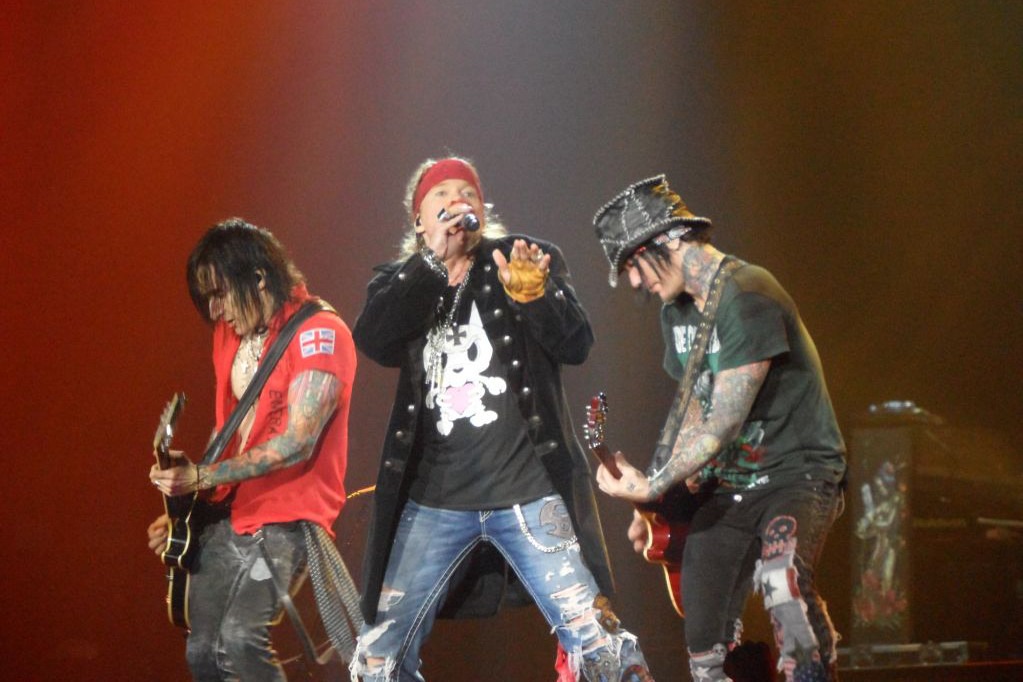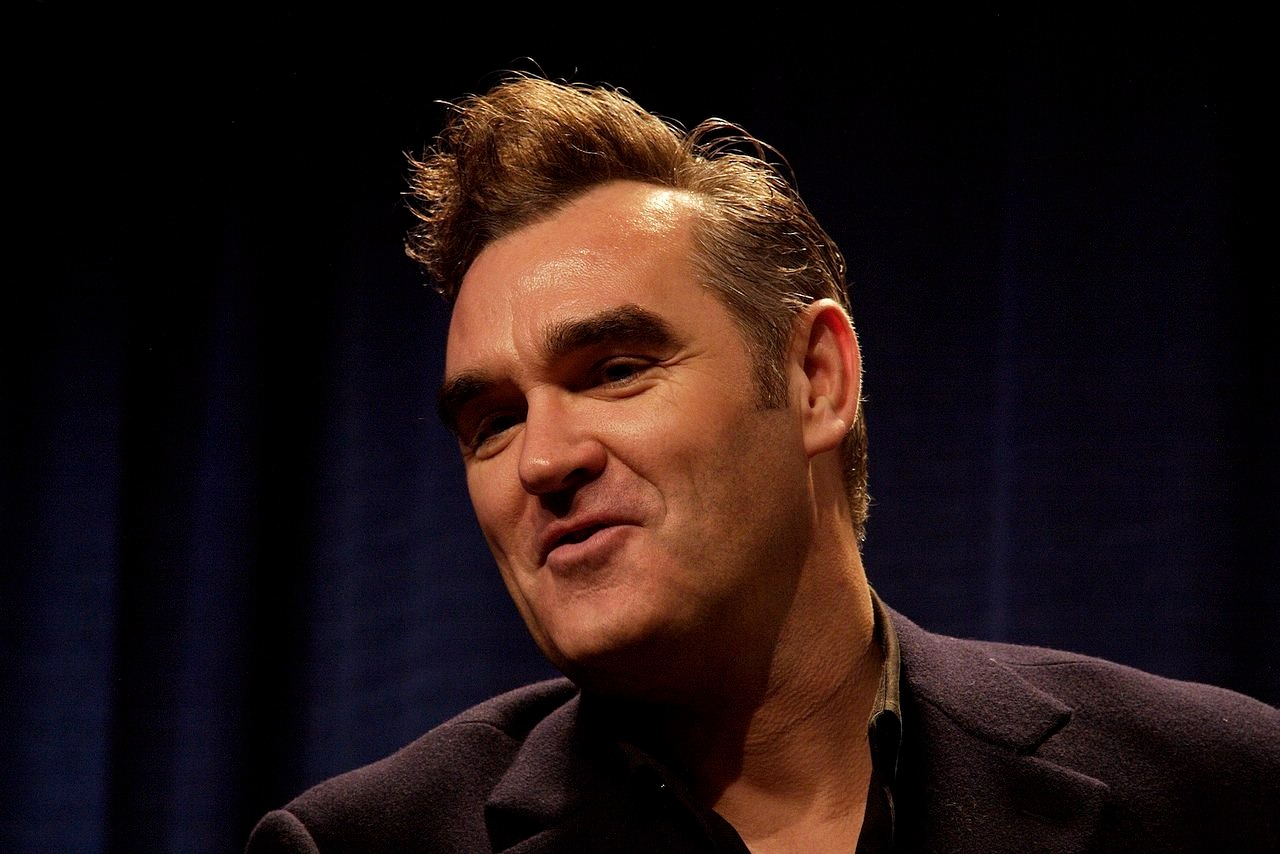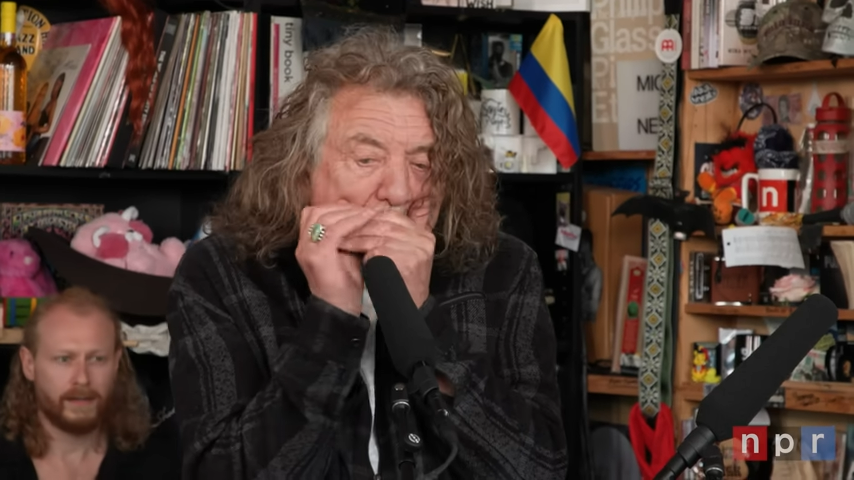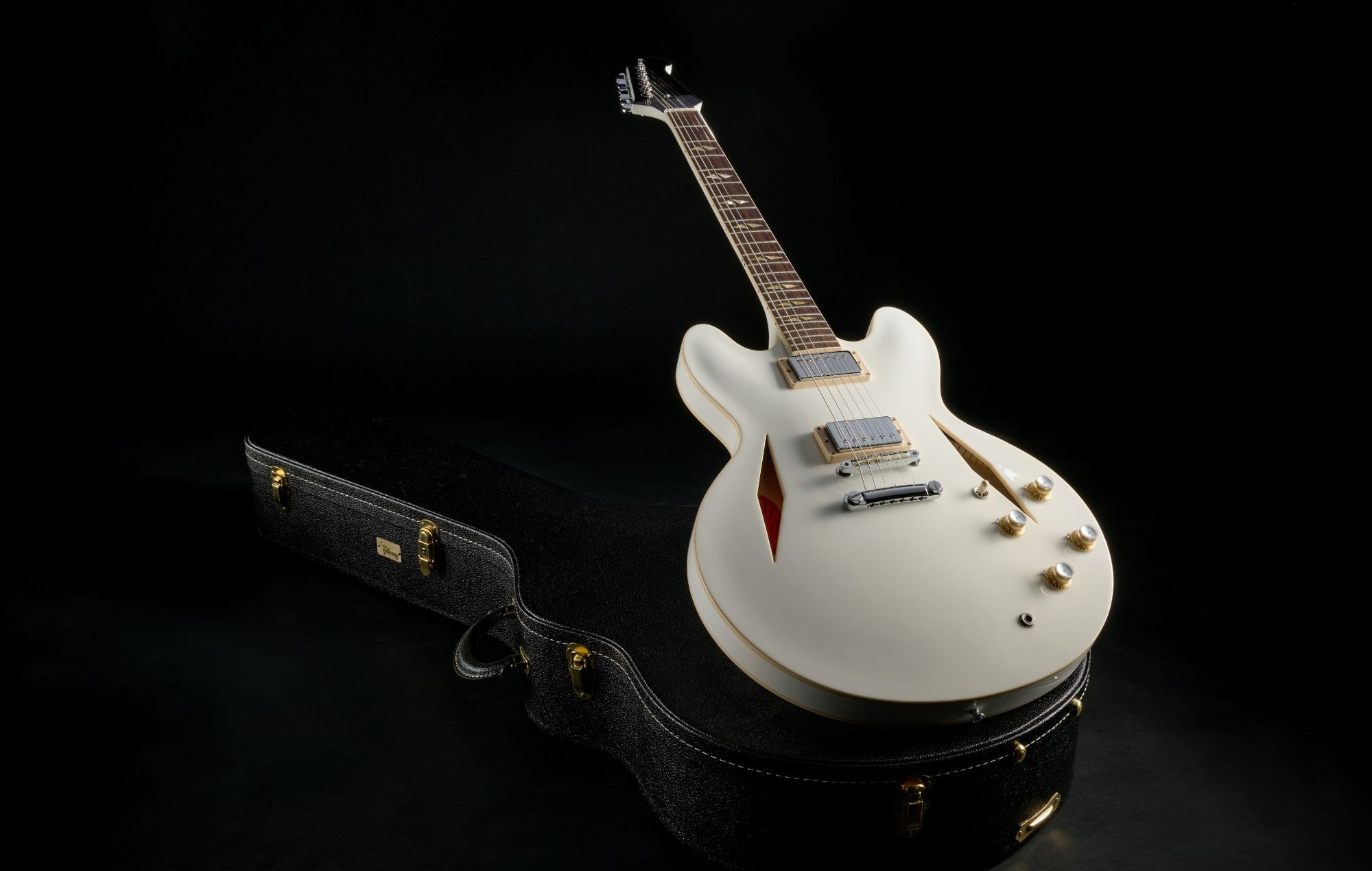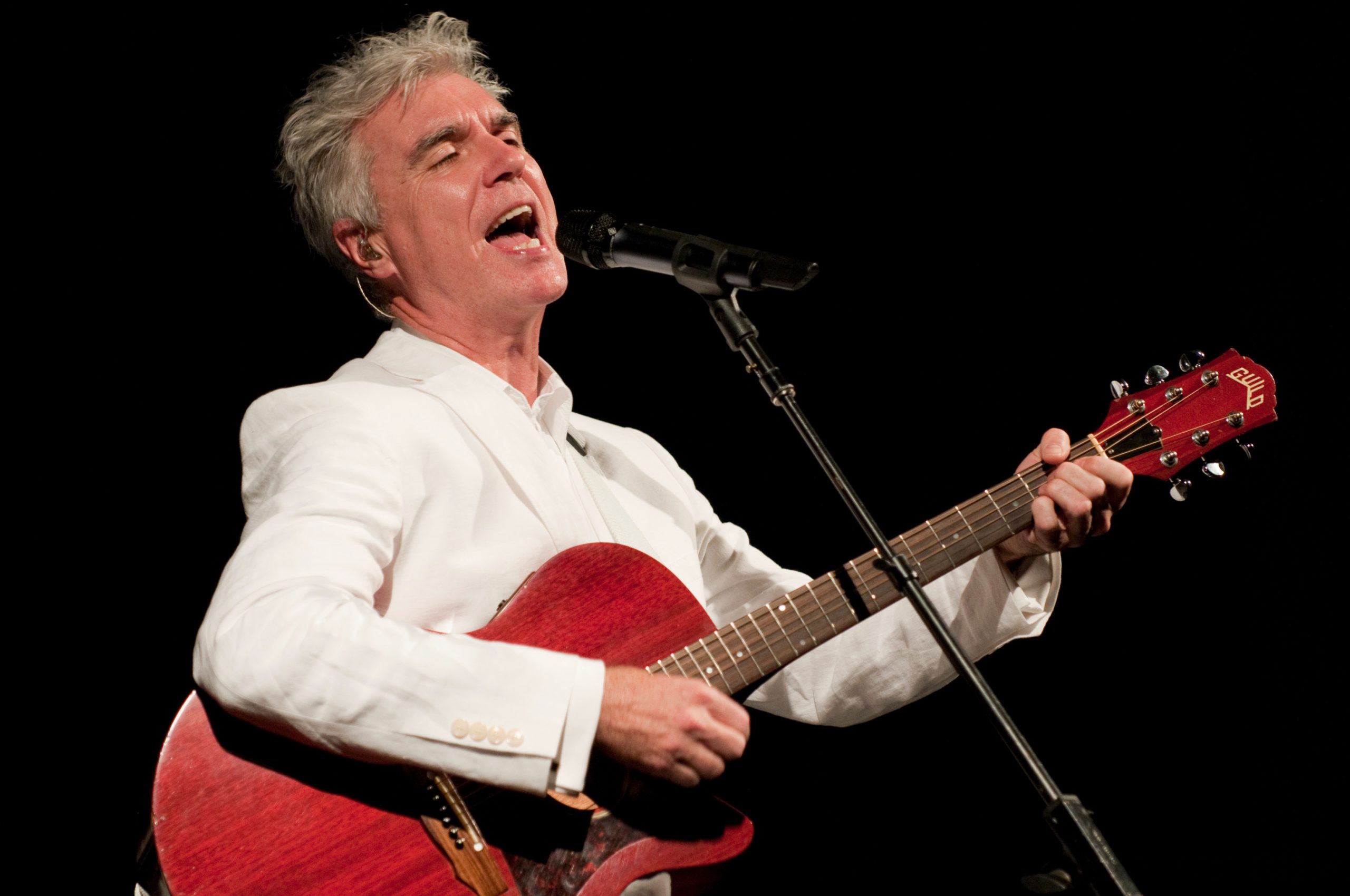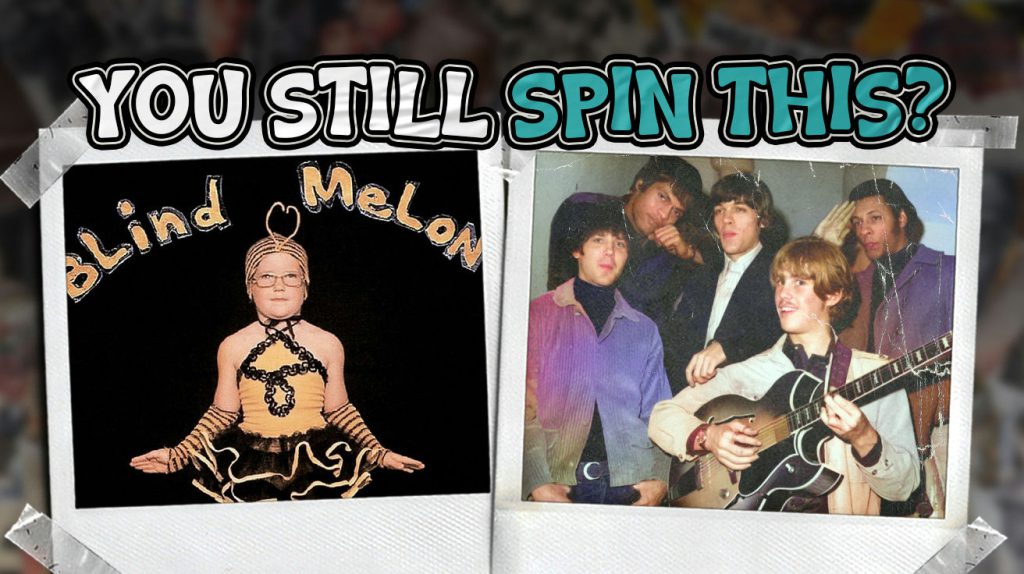
Rock history’s most fascinating bands aren’t always the ones that dominated decades—sometimes they’re the shooting stars that blazed across one perfect album before vanishing forever. These one-album wonders captured lightning in a bottle, left their mark on music history, then disappeared into legend. Some imploded from internal chaos, others got swallowed by the industry machine, but all left behind musical time capsules that still hit harder than bands with 20-album catalogs.
10. Thunderclap Newman – Hollywood Dream (1970)
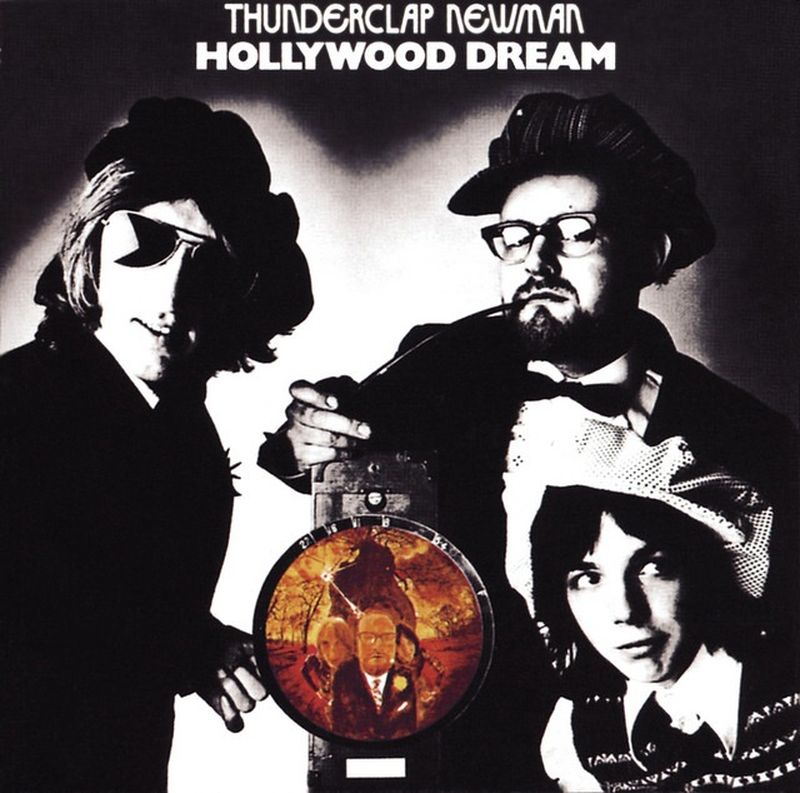
When The Who’s Pete Townshend decided to assemble a band around 15-year-old guitar prodigy Jimmy McCulloch, pianist Andy “Thunderclap” Newman, and drummer John “Speedy” Keen, nobody expected the result to unseat the Beatles on the UK charts. Their single “Something in the Air” became an anthem of revolution and optimism, but Hollywood Dream showcased something deeper—a quirky blend of rock, jazz touches, and orchestral arrangements that felt like a musical fever dream.
The album’s unusual instrumentation, including prominent piano and unexpected instruments like glockenspiel and oboe, created a sound that was uniquely British yet utterly timeless. Townshend played bass under the pseudonym “Bijou Drains,” helping craft tracks like “Accidents” and their Dylan cover “Open the Door, Homer.” Despite critical acclaim, the band’s disparate personalities couldn’t mesh beyond this singular moment of brilliance.
9. The La’s – The La’s (1990)
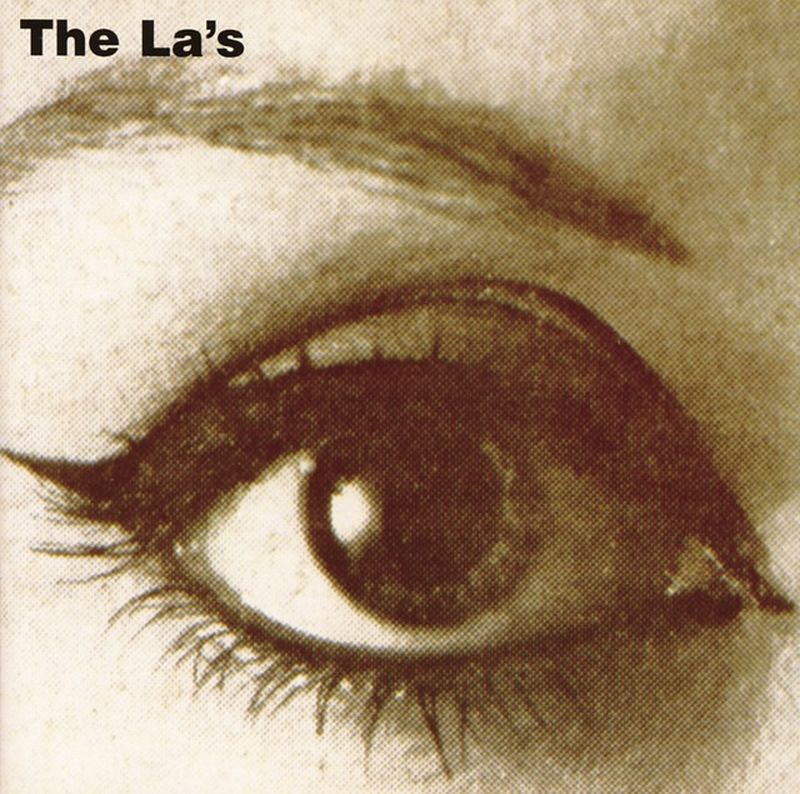
Lee Mavers spent years obsessing over every detail of The La’s debut, driving engineers insane with demands to capture the “perfect” vintage sound. The result was a collection of songs that sounded like they’d been beamed in from the 1960s, complete with jangly guitars and melodies so infectious they practically demanded repeat listens.
“There She Goes” became an instant classic, its deceptively simple structure masking sophisticated songcraft that influenced everyone from Britpop legends to indie darlings. But Mavers’ perfectionism became the band’s curse—he was never satisfied with any recording, constantly seeking an impossible sonic ideal that eventually consumed the project entirely.
8. Blind Melon – Blind Melon (1992)
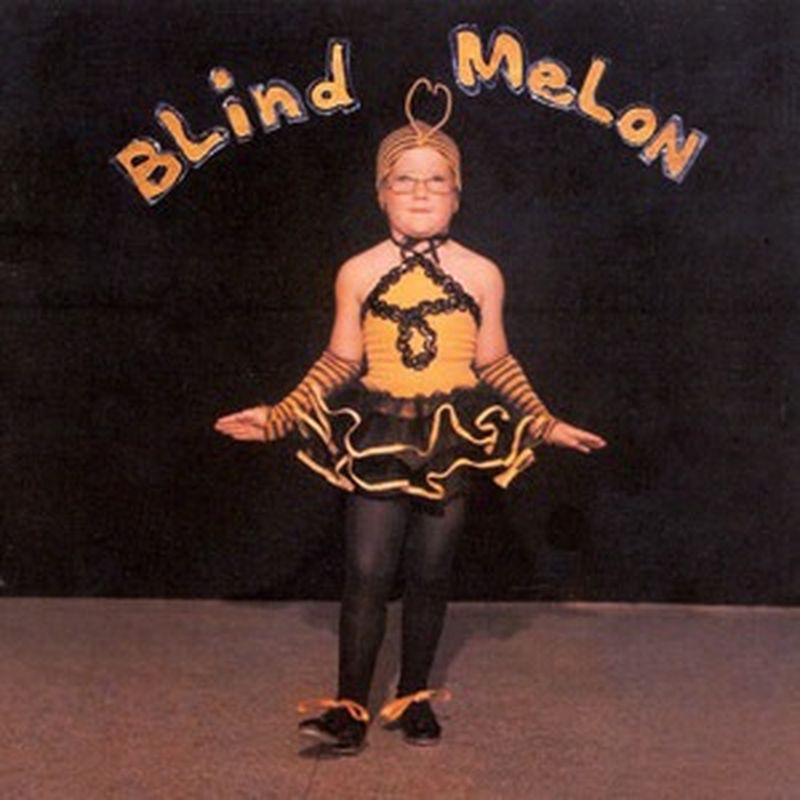
While Seattle bands were perfecting the art of angst, Blind Melon was crafting something more colorful and complex. Their self-titled debut mixed grunge guitars with Southern rock, folk harmonies, and Shannon Hoon’s distinctive vocals that could shift from whisper to wail without warning.
“No Rain” and its bee girl video made them MTV darlings, but deeper cuts like “Tones of Home” revealed a band capable of genuine musical adventure. Hoon’s struggles with addiction cut their story short, leaving behind an album that feels like a glimpse of what alternative rock could have become if it had chosen sunshine over shadows.
7. Temple of the Dog – Temple of the Dog (1991)
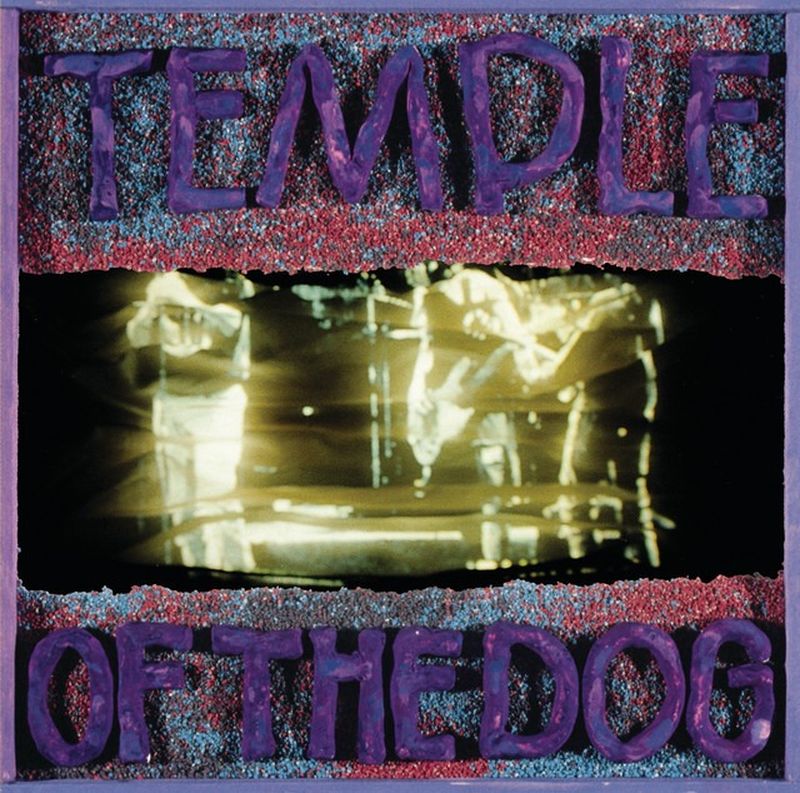
Chris Cornell’s tribute to his late friend Andrew Wood became something much larger when he enlisted members of Wood’s former band Mother Love Bone—including a young Eddie Vedder making his first recorded appearance. What emerged was an album that bridged the gap between metal and grunge, creating space for both crushing riffs and vulnerable introspection.
“Hunger Strike” showcased the Cornell-Vedder vocal interplay that fans would dream about for decades, while tracks like “Say Hello 2 Heaven” demonstrated how grief could be transformed into transcendent rock music. The project served its purpose as both memorial and launching pad, with several members going on to form Pearl Jam.
6. Mad Season – Above (1995)
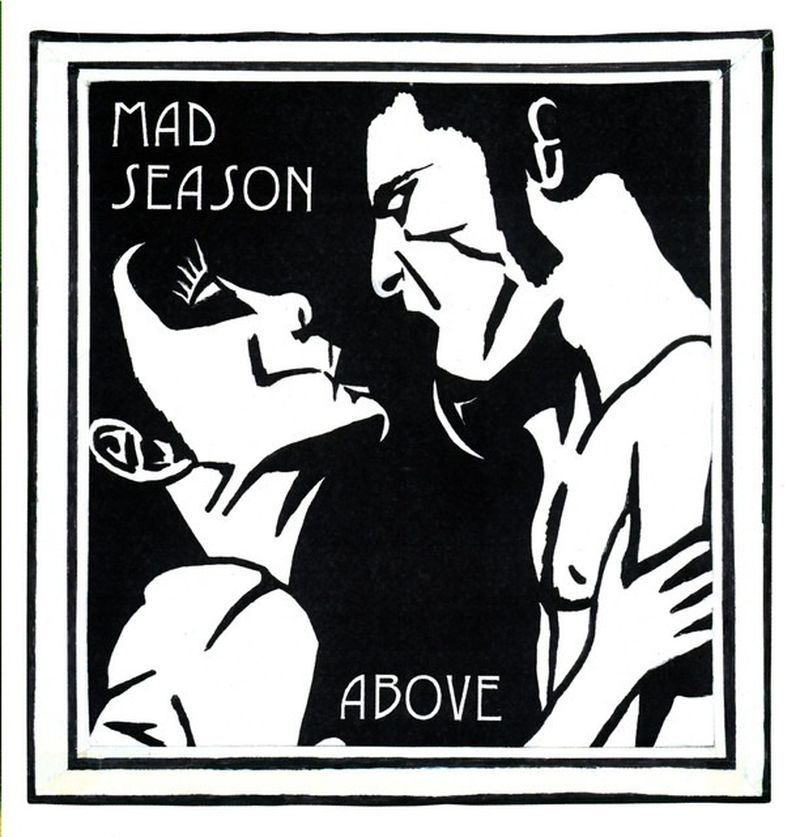
When Alice in Chains’ Layne Staley teamed up with Pearl Jam’s Mike McCready, Screaming Trees’ Barrett Martin, and Baker Saunders, the result was an album that captured the 1990s grunge scene’s underlying desperation. Above dealt explicitly with addiction and depression, creating music that was simultaneously beautiful and deeply unsettling.
“River of Deceit” and “I Don’t Know Anything” featured some of Staley’s most vulnerable vocal performances, while the band’s loose, bluesy approach created space for improvisation and genuine emotional expression. The project couldn’t survive the members’ various commitments and personal struggles, leaving behind one perfect document of Seattle’s complicated relationship with fame and self-destruction.
5. The Stone Roses – The Stone Roses (1989)
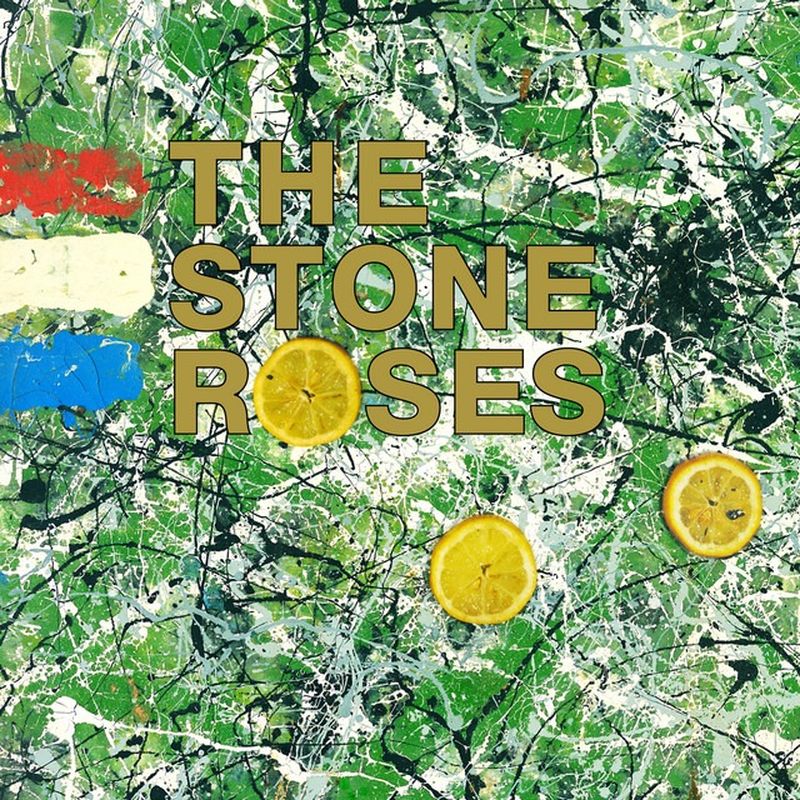
The Stone Roses’ debut captured the optimism and swagger of late-80s Manchester, combining indie guitar work with dance rhythms and Ian Brown’s sneering confidence. Songs like “I Wanna Be Adored” and “She Bangs the Drums” felt like manifestos from a band that believed they were destined for greatness.
John Squire’s guitar work was revolutionary, creating walls of sound that influenced countless Britpop bands, while the rhythm section locked into grooves that made rock music danceable without sacrificing its edge. Legal battles and creative differences kept them from recording another proper album for 5 years, by which time the moment had passed.
4. Spacemen 3 – Playing With Fire (1989)
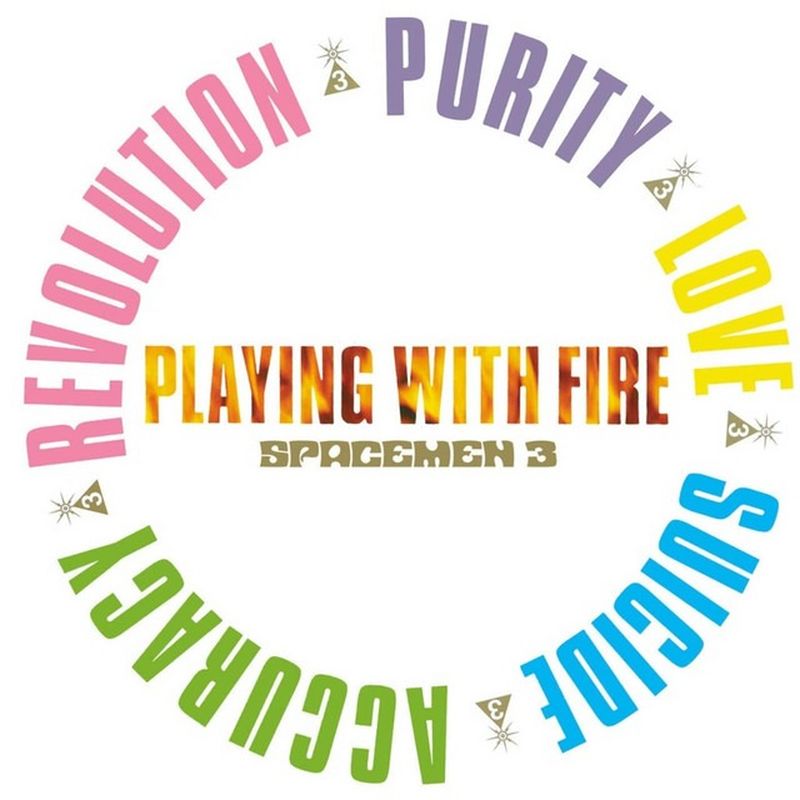
Jason Pierce and Pete Kember’s final collaboration as Spacemen 3 produced an album that was equal parts transcendent and punishing. Playing With Fire stretched songs beyond conventional limits, using repetition and volume to create something approaching musical hypnosis.
Tracks like “Revolution” built from whispered vocals to crushing walls of feedback, while “Suicide” demonstrated how minimalism could be more powerful than complexity. The band’s philosophy of “taking drugs to make music to take drugs to” wasn’t just provocative marketing—it was an aesthetic approach that influenced everyone from My Bloody Valentine to contemporary psych-rock revivalists.
3. The Velvet Underground & Nico (1967)
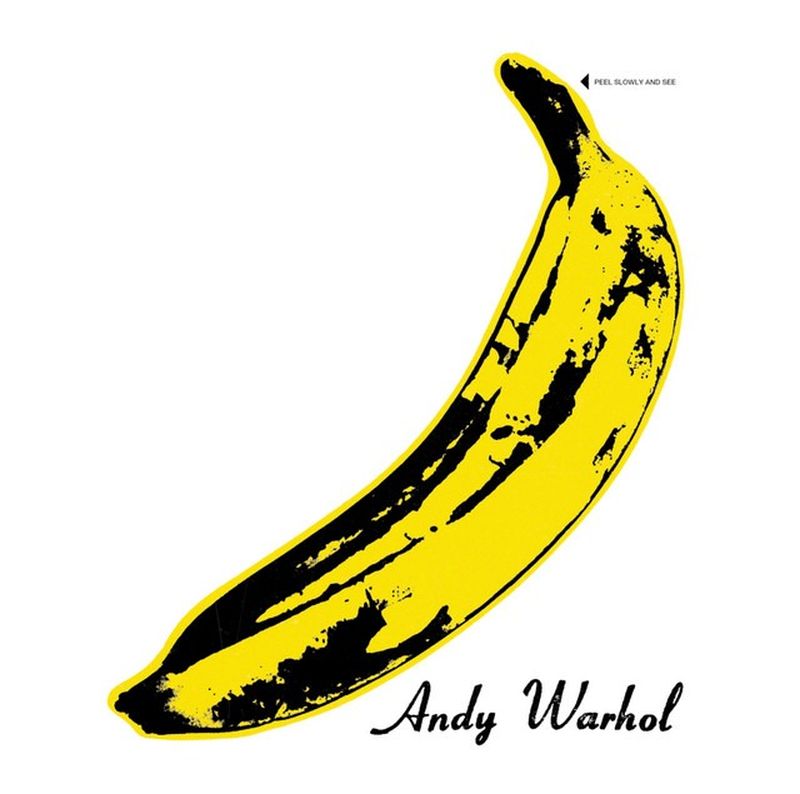
Lou Reed and John Cale’s collaboration with Nico produced music that sounded like nothing else in 1967‘s Summer of Love. While hippies were celebrating peace and flowers, the Velvet Underground was documenting urban decay, drug addiction, and sexual liberation with unflinching honesty.
“Heroin” and “Venus in Furs” introduced subject matter that mainstream rock wouldn’t touch for years, while Cale’s viola drones created textures that predated both punk and avant-garde rock. The album’s commercial failure couldn’t diminish its influence—as Brian Eno famously noted, everyone who bought it started a band.
2. Big Brother and the Holding Company – Cheap Thrills (1968)
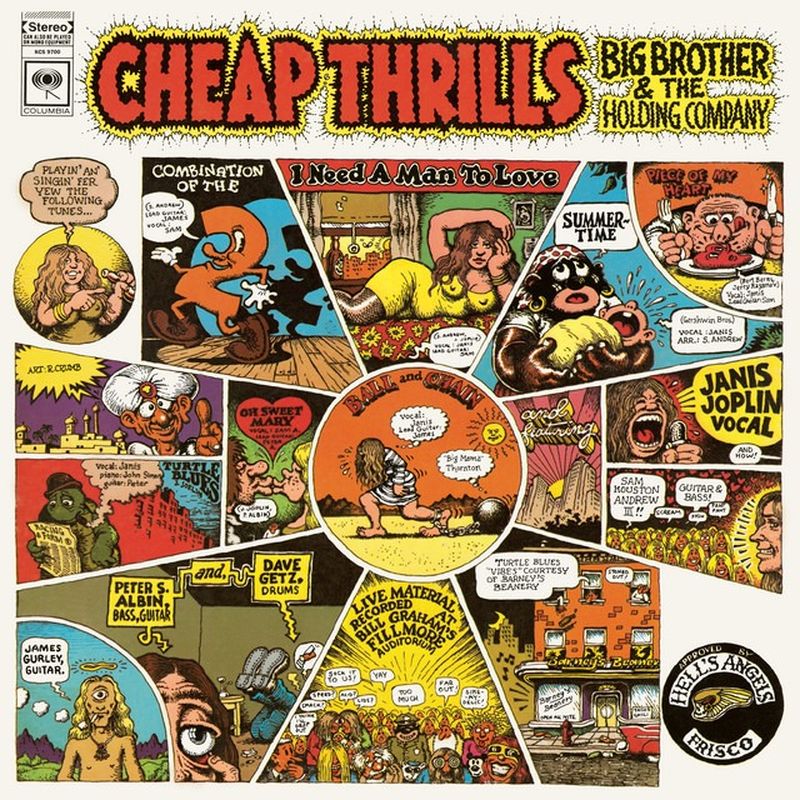
Big Brother and the Holding Company was a solid San Francisco psychedelic blues outfit until Janis Joplin joined and transformed them into something transcendent. Cheap Thrills captured Joplin at her peak, delivering performances that were equal parts technically impressive and emotionally devastating.
“Piece of My Heart” and “Ball and Chain” showcased a vocalist who could channel pain, joy, and everything in between through sheer force of personality. The band couldn’t match Joplin’s intensity or ambition, leading to her departure for a solo career that would be cut tragically short.
1. Love – Forever Changes (1967)
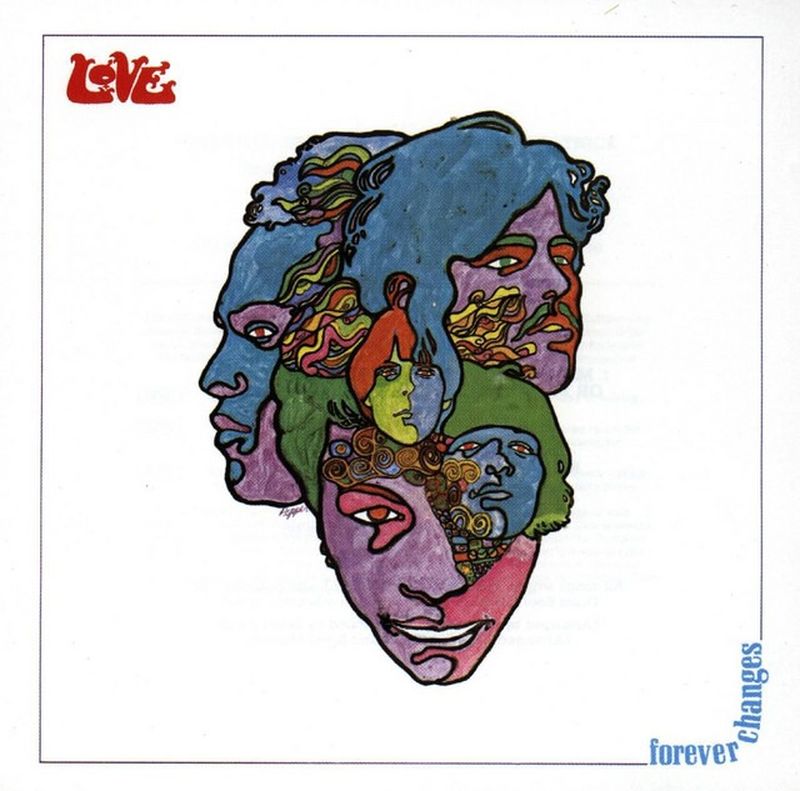
Love’s third album combined folk, rock, and orchestral arrangements in ways that predicted everything from prog rock to indie pop. Arthur Lee’s songwriting tackled apocalyptic themes with beautiful melodies, creating music that was both accessible and deeply strange.
“Alone Again Or” and “A House Is Not a Motel” demonstrated how psychedelic rock could be both experimental and emotionally direct. The album’s commercial failure and the band’s internal chaos meant Love never recorded anything approaching this level of achievement again, leaving Forever Changes as a singular document of 1960s creativity and paranoia.





